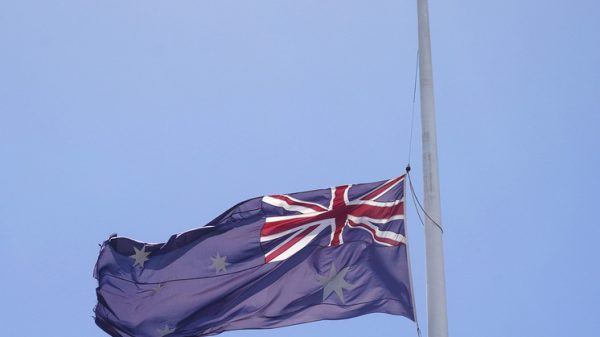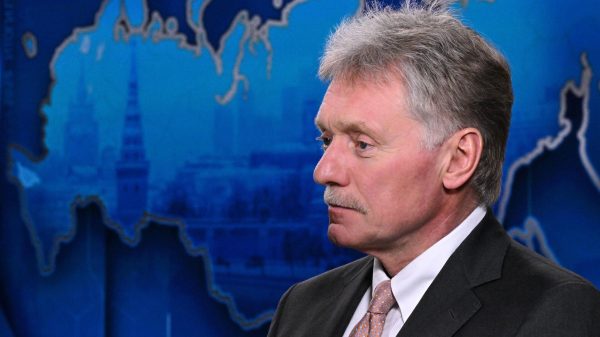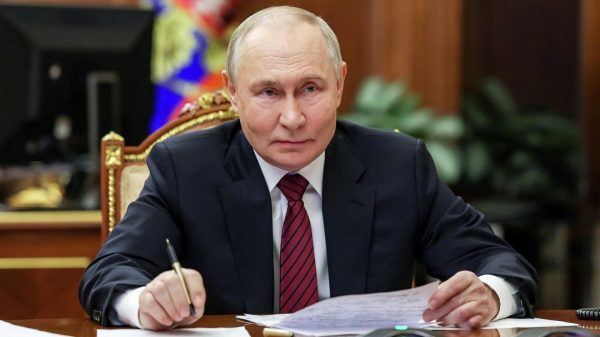
Unpredictable weather in the UK forced it to purchase record amounts of electricity from Europe in 2023, resulting in import bills of 2bn pounds. Government data showed that this happened within half a year.
A combination of light winds and increased cloudiness reduced the capacity of turbines and solar plants, while the UK's electricity generation was also affected by the outage of an aging nuclear power plant fleet. stations.
This meant that from January to July the UK had to rely on the kindness of its EU neighbors, as well as Norway, to provide 13% of its electricity needs. 245 million per month.
France was the main beneficiary of the UK's skyrocketing demand, to which it sold £900m over a seven-month period.
A spokesman for National Grid ESO, the UK's electricity system operator, said the same pattern continued throughout the summer . “For our connecting cables, we are seeing an overall increase in imports compared to last year.”
They confirmed that electricity imports were 13% from January to July, well up from 6% in the same period. period last year.
The Energy Trends Report released by the government for the first three months of 2023 also showed the extent of the UK's dependence on its European neighbors, especially in winter.
Not only did total imports hit a record high in the first quarter, but but the UK, more than ever before, relied on electricity from Norway.
The report said that «renewable generation [in the UK] was down 2.4%.» ” due to less favorable weather conditions, and nuclear generation also fell to record low levels due to plant closures and downtime.
1808 The kindness of strangers
The ability of the UK to compensate for a long-term lack of investment in nuclear and other local generation through importing large amounts of electricity is linked to its growing interconnection network.
These are high voltage submarine cables. which link the UK's electricity grid with those in France, Belgium, Norway and the Netherlands, with another under construction in Denmark.
They are becoming essential as the UK expands its reliance on renewable energy such as wind and solar energy. , whose capacity is weather dependent and highly variable.
Interconnectors mean the UK can import electricity when renewable energy production falls and export it when generation rises.
Between January and June of this year, the UK used these cables to import about £2bn of electricity, compared to £322m for exports.
The newest cable runs from Blyth in Northumberland to the Norwegian village of Quildal, allowing the UK to import low-carbon electricity generated by Norwegian hydroelectric power plants.
Similar cables are being planned, including to Belgium and Ireland, which means that the UK will become more dependent on and connected to its European neighbors.
p>
Rebecca Sedler, managing director of National Grid Interconnectors, said expanding connections between the UK and its European neighbors will increase the flexibility and stability of power supply in both Europe and the UK.
“In the past, our electricity system consisted of a small number of large thermal assets such as coal-fired power plants,” she said. “Now we are moving towards a mix of technologies, including wind and solar, that are flexible but intermittent. Interconnectors give us the stability to deal with such interruptions.
“Great Britain now imports, but last year France was in dire need of electricity, and we could provide them through the same cables.”
1808 Reducing the internal electricity
In 2022, the UK briefly reversed the upward trend in imports, using its gas-fired power plants to export electricity to Europe to offset power shortages caused by the conflict in Ukraine and outages in French nuclear power plants.
However, in the medium term, experts predict further growth in the UK's dependence on electricity imports, mainly from the EU, with a peak around 2025.
Tom Edwards is a Senior Electricity Market Modeler with Cornwall Insight, an independent energy company. consulting company, said: «The UK is still heavily dependent on fossil fuels, with gas generating about 40% of its electricity.
«French electricity is generated mainly by nuclear power, while Norway uses hydroelectric power , which currently costs less than gas. Thus, regardless of the weather, electricity production in the EU and Norway is often cheaper than in the UK.
“The only time that changes is when the wind is blowing harder, so that UK wind farms start producing more electricity. If that happens, our wind farms often produce more power than our customers need, so it's easier to send it to the continent.”
The growing importance of the weather to renewables, and therefore the UK's ability to generate electricity, means that National Grid ESO is using a panel of forecasters to forecast renewables likely to be generated and how much additional products might need to be imported.
His The control room monitors the weather in the UK hourly using radar, satellites and ground-based observations.
An ESO National Grid spokesman said: “Weather forecasts are now playing a critical role in the efficient operation of the power grid. system. They tell us how much wind and solar power will be generated, as well as what the likely demand for electricity is.
“Many weather events that affect the power grid are relatively local and do not affect neighboring countries to the same extent at the same time.
“In this way, interconnectors help to control the system, since electricity can be transmitted to support countries, the need in which increased due to weather events.”
1808 Weather strikes renewable energy sources
A spokesman for the Department of Energy Security and Net Zero said that links between the UK and its European neighbors are becoming increasingly important for sustainability and efficiency, and for expanding the use of renewable energy.
They said: “Electricity exports and imports may rise and fall, but we are looking to increase our energy independence, including through new oil and gas licenses in the North Sea, investments in our nuclear industry and renewable energy projects, including including four of the world's largest operating wind farms off our coasts.< /p>
“Renewables accounted for more than 40% of our electricity production last year, rising to nearly 48% in the first quarter of this year. When renewable electricity is high, we export it to neighboring countries as part of a broader global energy security effort.”
In the long term, the UK's dependence on electricity imports could be reversed if its offshore wind farm ambitions are not realized. implemented.
The company has promised to increase capacity from the current 14 GW to 50 GW by 2030. Many industry experts see this as unrealistic, but say the target could be reached by the mid-2030s.
This would turn the UK into a net exporter of electricity, although it would still need a safety net of gas-fired power plants for providing electricity during periods of light wind.
“If we achieve our offshore wind targets, then the UK will have a regular large surplus of electricity that we could export to our European neighbors,” said Mr Edwards.
The expansion of offshore wind will increase the UK’s energy security , but the companies involved in wind projects are European.
Orsted, one of the largest, is Danish, and Vattenfall, another large operator, is owned by the Swedish state.
Similarly , Equinor, which operates the Sheringham Shoal and Dudgeon wind farms off the coast of Norfolk and is building the world's largest offshore wind farm at Dogger Bank in the UK's North Sea, is owned by Norway.
This means the UK will benefit from jobs created, especially during construction, and from the taxes it may levy on the electricity it generates. However, profits, like excess electricity, will mainly flow abroad.




















































Свежие комментарии